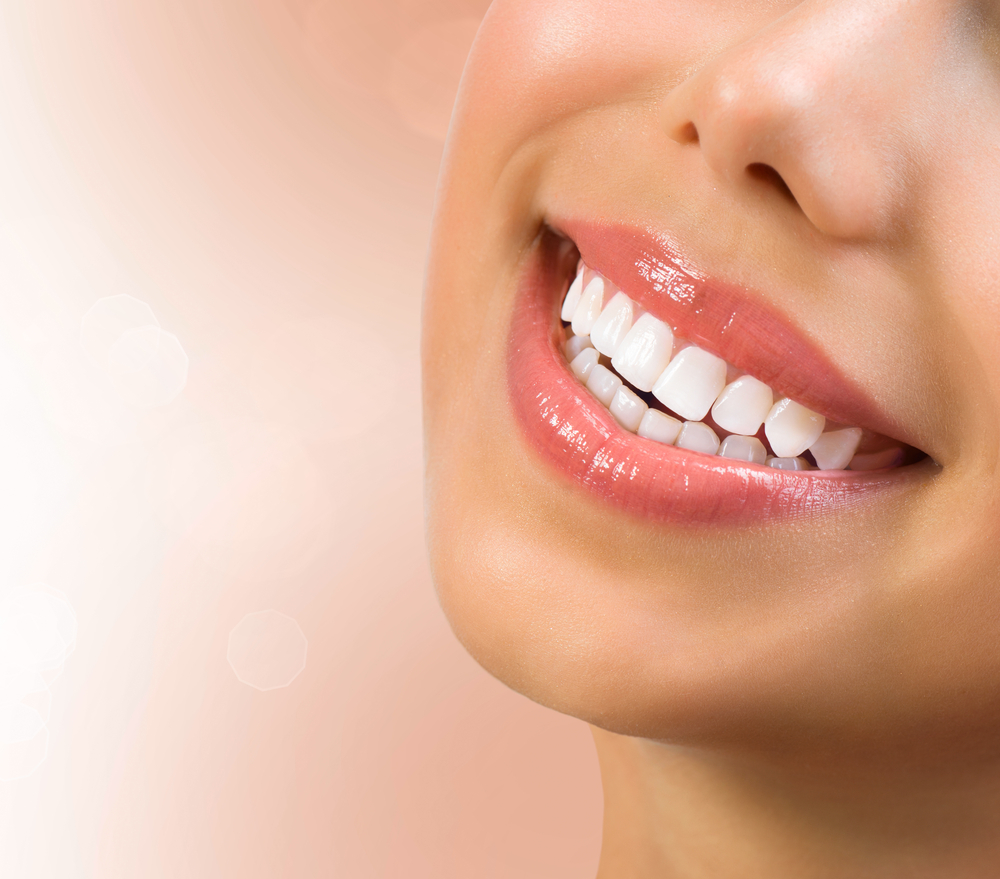 Inlays and onlays can restore the health, appearance, and function of teeth that have been damaged by decay or injury. Inlays and onlays are restorative dentistry treatments that can improve the health of your teeth. To find out if inlays or onlays are right for you, contact the Rancho Santa Margarita, CA practice of Dr. Scott Karafin.
Inlays and onlays can restore the health, appearance, and function of teeth that have been damaged by decay or injury. Inlays and onlays are restorative dentistry treatments that can improve the health of your teeth. To find out if inlays or onlays are right for you, contact the Rancho Santa Margarita, CA practice of Dr. Scott Karafin.
What Are Inlays and Onlays?
Inlays and onlays are customized restorations used to repair damage and restore dental structure when damage is too extensive for a traditional filling but not severe enough to require a dental crown. Inlays are generally used to treat cavities within the cusps of the molars, on top of the teeth. Onlays may be used when damage is more severe, extending beyond one or more cusps and down the tooth’s side. Onlays are also known as “partial crowns” because they can repair large portions of an otherwise healthy tooth. Both inlays and onlays are tooth-colored and may be used to replace old metal fillings.
Inlays and Onlays Treatment Process
In general, placing inlays and onlays requires two dental visits. During the first visit, the tooth is prepared for treatment with the removal of decay. The tooth is then cleaned and an impression is made. The impression is sent to a dental lab where the inlay or onlay is crafted. A temporary restoration will be placed in the interim. Once the inlay or onlay is finished, a second appointment will be made in which the inlay or onlay will be placed.
Candidates for Inlays and Onlays
Inlays and onlays are a great option for patients that suffer from dental damage too severe for a regular dental filling but not so severe as to require a full dental crown. If you suffer from one or more of the following issues, you may be a candidate for inlays or onlays.
- Old metal fillings: Patients with old metal fillings may be self conscious about the appearance of the fillings. Many of these patients are suitable candidates for inlays or onlays treatment.
- Untreated tooth decay: Those with untreated tooth decay, whether isolated to the cusps of the molars or extending down the sides of the teeth, may benefit from inlays or onlays.
- Moderately damaged teeth: Onlays may be used to repair moderately damaged teeth, preventing the need for a full dental crown, or worse, tooth extraction.
The Benefits of Inlays and Onlays
Inlays and onlays offer many benefits to patients looking to restore dental health and appearance. Some benefits to consider include:
- Preserves the tooth’s structure: Both inlays and onlays are bonded directly to the damaged tooth, preserving more of the natural, healthy tooth’s structure than traditional dental fillings.
- Improved dental function: Dental damage can make eating difficult and painful. Repairing dental damage with inlays and onlays improves dental function, allowing patients to comfortably chew and eat.
- Improved dental appearance: Whether used to replace old metal fillings or repair previously untreated damage, inlays and onlays are custom colored to blend with the surrounding teeth for a flawless finish.
- Can prevent tooth loss: If tooth decay and dental damage go untreated, it can result in tooth loss. Treatment with inlays and onlays can help protect the remaining structure of a damaged tooth.
Are Inlays and Onlays Right for Your Needs?
To find out if inlays and onlays are right for your dentistry needs, we invite you to schedule a consultation with Dr. Karafin.

